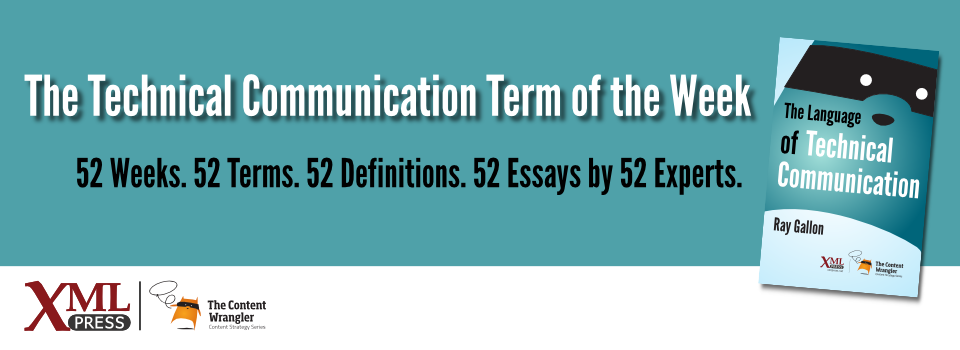What is it?
Designing information to evoke, guide, sustain, and leverage human action.
Why is it important?
Minimalist information design is important because, in contexts of engaged activity, people neither want, nor can effectively use, comprehensive information.
...continue reading "Term of the Week: Minimalist Information Design"
